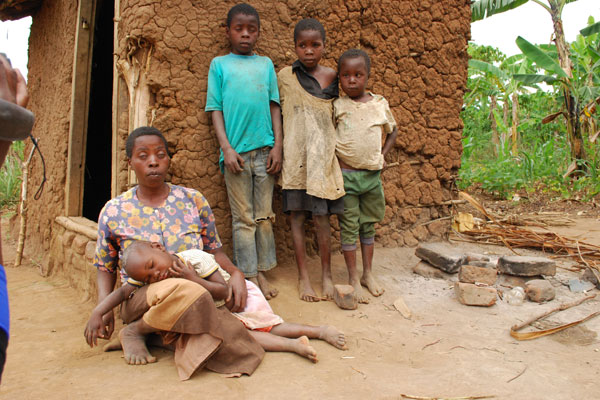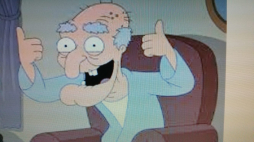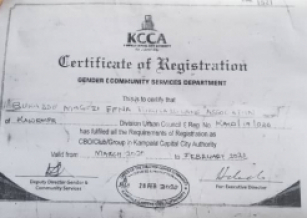News on the sentencing of one of the women who was described as a 'beauty' at Lang'ata prison after winning that title has spread across the country.
Ruth Kamande commonly known as Miss Lang'ata was handed the maximum death penalty for stabbing her boyfriend 25 times in 2015.
Read: An HIV card, quarrel and 22 stabs, Miss Lang'ata Prison confesses
The prison beauty queen has been in custody since then and was sentenced on Thursday by Justice Jessie Lesiit who said Kamande acted on purpose.
She is expected to appeal the sentence within 14 days.
But one question remains unanswered, does Kenya have a hangman to take charge of such criminals?
If not, why is she being sentenced to death if there will be nobody to do the job?
The man who was Kenya’s last and longest serving hangman at Kamiti Maximum Security Prison died in 2009.
Kirugumi wa Wanjuki, died in a small village on the slopes of the cold Aberdare Ranges after what was suspected to be a pneumonia attack.
Capital punishment has been practised in Kenya since before independence and is still provided for under Kenyan law.
No executions have been carried out in Kenya since 1987 when Kenya Air Force senior private official Hezekiah Ochuka and Pancras Oteyo Okumu were hanged for treason.
After trying to overthrow retired President Daniel Moi in 1982, Ochuka, Okumu and two other masterminds were sentenced to death and hanged.
They were the last people executed in Kenya to date.
More on this: No hanging since 1987: Is death penalty still relevant?
And this has left death row convicts to wait for the never-arriving hangman indefinitely with the President occasionally commuting their sentences to life imprisonment.
In 2016, President Uhuru Kenyatta signed commutation documents turning all death sentences into life jail terms.
Invoking the Power of Mercy provided by Article 133 of the Constitution, Uhuru also signed a pardon warrant and released 102 long-term convicts.
Following the signing at State House, Nairobi, some 2,747 Death Row convicts will now serve life imprisonment — 2,655 males and 92 females.
More on this: Uhuru commutes Death Row sentences to life prison terms
The mandatory death penalty was generally bequeathed on all former British colonies, as stated under the Common Law of England, as the “penalty of murder”.
Under those laws, there was only one sentence that could be judicially pronounced upon a defendant convicted of murder: the death sentence.
Although the death penalty was initially only a reserve for the convicts of murder offence, today, four offences result in the maximum penalty: murder and attempted murder, treason, oathing for crimes by proscribed criminal outfits, robbery with violence and attempted robbery with violence.
In 2017, the Supreme Court made a landmark ruling on death sentence saying that the mandatory penalty was unconstitutional.
Justice Njoki Ndung'u said the section "is out of sync and cannot stand as it is inconsistent with the constitution".
The court made the landmark ruling after a petition by two death row convicts Francis Murwatetu and Wilson Thrombus.
Following the ruling, the Office of the Attorney General said that the Supreme Court of Kenya did not abolish the death sentence in December 2017 but rather gave courts the discretion of sentencing similar cases on an individual basis.
The AG formed a task force on the review of the death penalty as directed by the court.
Last month, the AG's office said that the task force will give its report by December this year.
WARNING?
Kenyans on social media have weighed in the matter as they caution those who kill because a relationship has failed.
"Ruth Kamande sentenced to death for stabbing her boyfriend to death in 2015. No matter how sore your relationship gets you have no right to murder anyone," User Muhy Deen said.
User Konie said, "It is unfortunate that girl child just killed boy child in cold blood,'Ruth Kamande',you have to pay for the assault."
"Judge Jessie Lesiit should have just handed Ruth Kamande to team mafisi as punishment," user Jimmy Jazz said.
Another user Ivan Wanjiku said "Ruth Kamande is too beautiful to rot in jail."
User Mugiira Job said there was nothing unique with sentencing Kamande.
"Judges hand death sentence to people daily. Could #KOT be majoring on Miss Lang'ata title as the key thing? A killer is a killer," he said.
Daniel Kiragu said "Ruth Kamande sent to the Gallows...maslay queens mtajua hamjui. A win for the boy child."
"Anger can lead someone to a place they never expected.... That's why i always advice my fellow ladies never kill,abuse or fight over a man," user Martha Wa Njung'e said.
She added "If you are angered with him because of anything be in charge of that anger..walk away. It Is sad such a young and beautiful lady wasted because of Anger and Jealousy."
User Domie Njerih said It was unfortunate that the beauty queen had been sentenced to death due to 'unfortunate event' that transpired.
"My advice to young couples always leave an abusive relationship before its to late," she said.
Click here for the latest political news
 The kid suffering it out by sleeping in the dust, not allowed to work and unable to make a living
The kid suffering it out by sleeping in the dust, not allowed to work and unable to make a living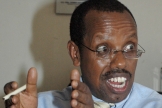
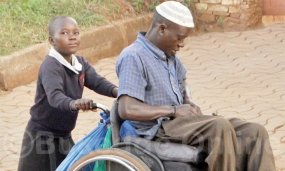

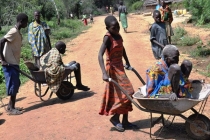

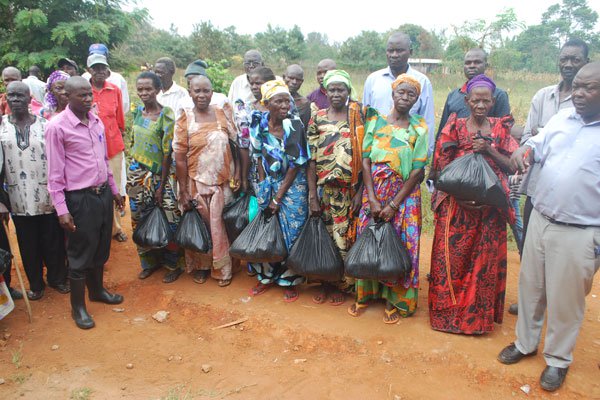




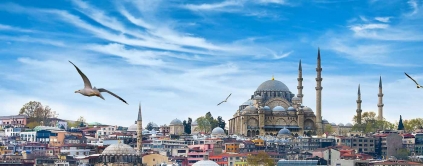
 Enyonyi nyingi nyo ddala ezitwala abakozi ne ba tourist okukola nokulaba ensi eno engagga enyo olwa Oil gwetunda munsi zonna.
Enyonyi nyingi nyo ddala ezitwala abakozi ne ba tourist okukola nokulaba ensi eno engagga enyo olwa Oil gwetunda munsi zonna.